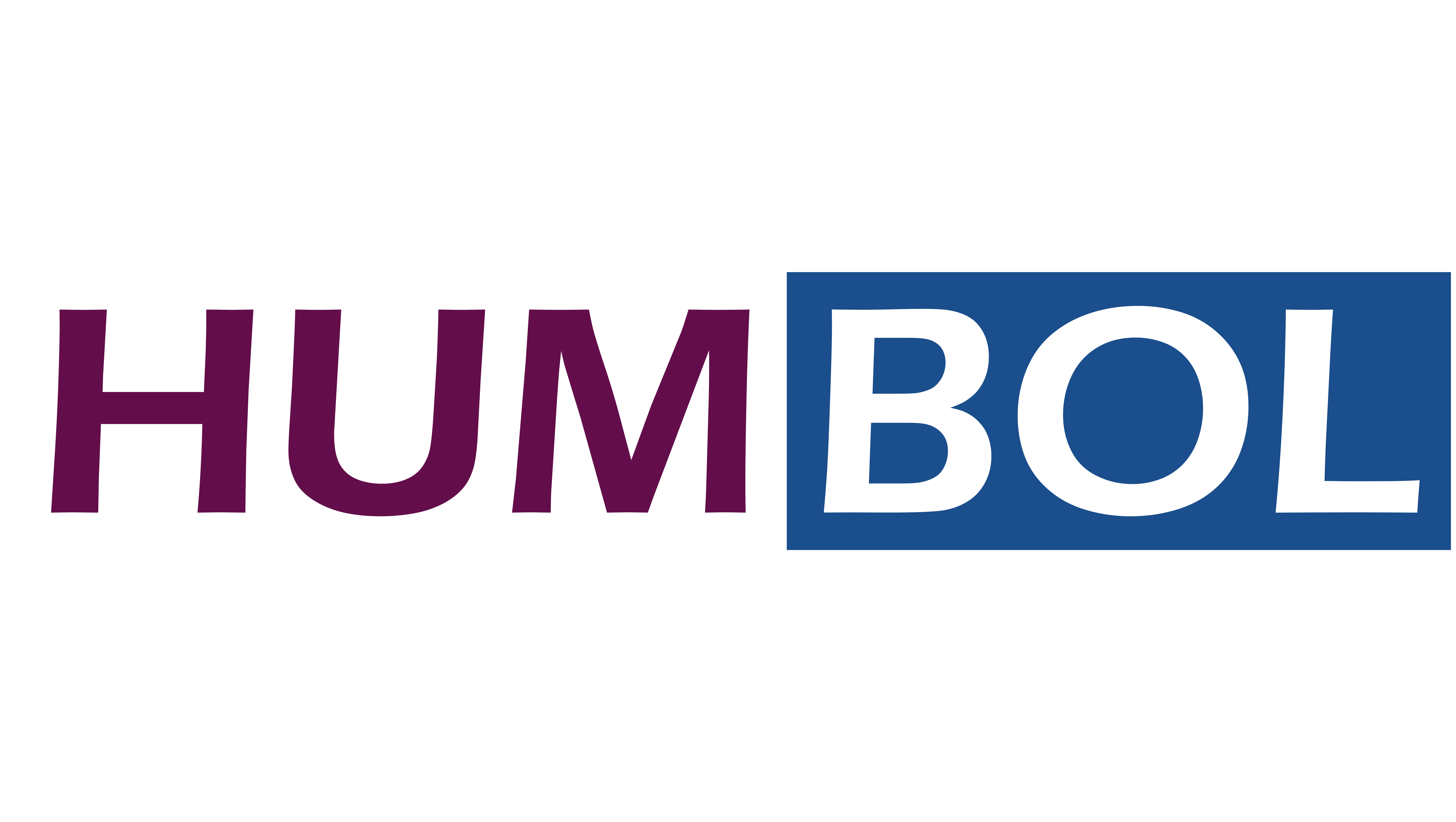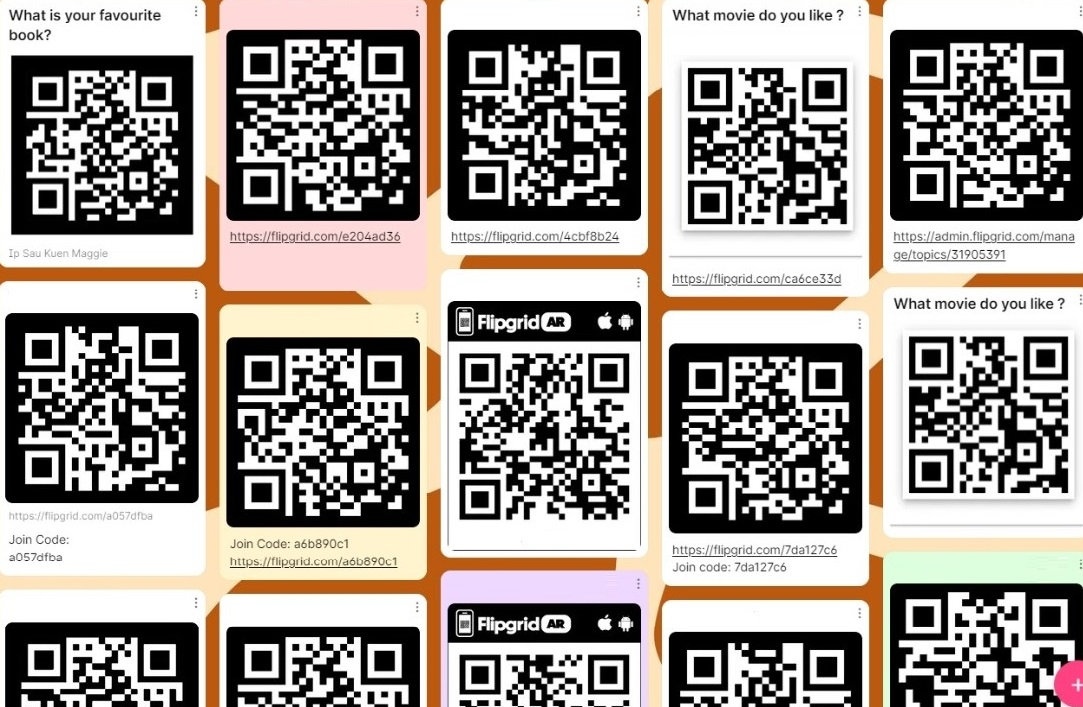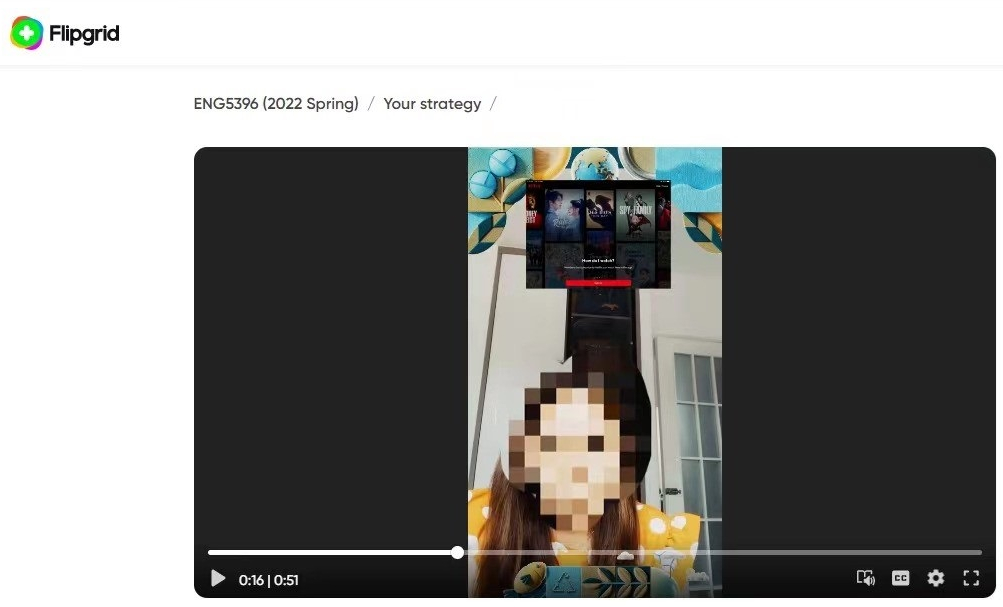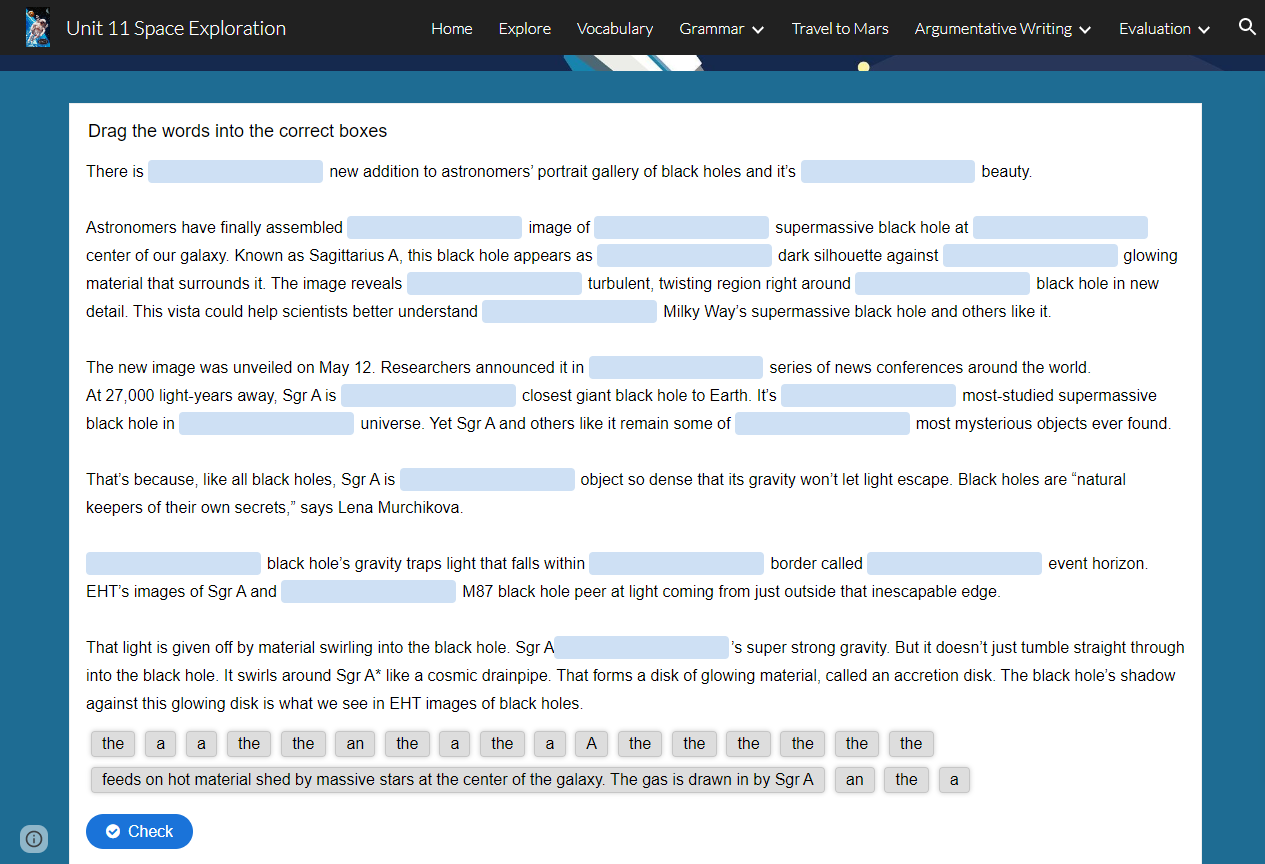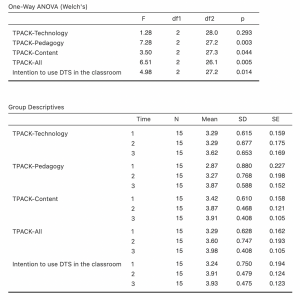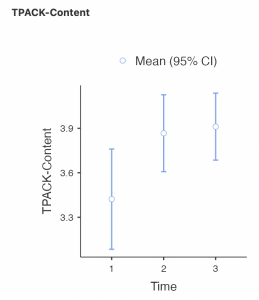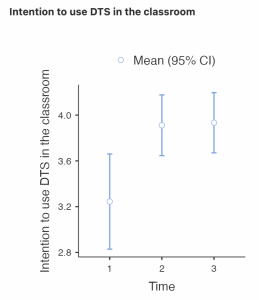Tracing the Development of EFL Teachers’ Intentions
to Use Digital Storytelling in the Classroom
This is part of the larger CARE (Creative Augmented Reality Electronic) Book project, which aims to create a multimodal, interactive digital storytelling (DTS) book. DTS has been shown to have several affective (e.g., L2 enjoyment), cognitive (e.g., reading comprehension), and linguistic benefits (e.g., vocabulary knowledge) for L2 learners. However, to design locally appropriate and pedagogically effective DTS, teachers must consider target students’ needs, language proficiency, and language curriculum while referring to the TPACK (Technological, Pedagogical, and Content Knowledge) model.
This poster serves two purposes: First, it will show how a 39-hour intensive DTS training program helped Hong Kong primary school teachers improve their TPACK levels. Second, it will show how teachers’ intentions to use DTS in the classroom have changed over the course of the training.
Digital Storytelling (DTS) Books
The TPACK Model
DTS Training Program
Course Context: Effective Use of e-Resources
in Primary English Classrooms
Teaching Mode: Blended Teaching
Referred Framework: TPACK
Core e-Resources: H5P, Flipgrid, Book Creator, Google Sites
This course introduces a variety of e-resources and their applications in the promotion of effective English teaching and learning in primary schools in Hong Kong. It is prioritized to use e-resources to help students achieve primary curriculum objectives such as reading to learn, using IT for interactive learning, project learning, and creating a language-rich environment.
Research Results: Survey and Interviews
This study investigates the effectiveness of an intensive DTS training program in improving Hong Kong primary school teachers’ TPACK levels as well as their intentions to integrate DTS in the classroom. To that end, we collected survey and written reflective data three times: in Session 1 (pre-stage), Session 6 (mid-stage), and Session 13 (post-stage).
One-way ANOVA results show that there are significant differences in three aspects of the teachers’ TPACK levels (pedagogy, content, and composite levels), as well as their intentions to integrate DTS in the classroom, between Session 1, Session 6, and Session 13.
“All the tools are not difficult to use after a few practices. So I feel more confident to use those tools. I think I will use DTS in the future. The first idea that comes to my mind is the students’ diary and journal writing.”
“I’m much more confident in using Book Creator and Flipgrid. It gives me more ideas in teaching certain topics and including these applications as activities for students to do. I’m highly influenced and willing to use these educational apps in and out of the classroom.”
“I enjoy using educational technology, as it will bring more excitement to the students. Now, I am more confident to use the e-tools and to explore a wider variety of educational technology. I will try to use them in lessons whenever, and wherever applicable.”
Conclusions
The intensive training program was implemented to assist teachers in designing DTS using digital resources such as H5P, Flipgrid, Book Creator, and Google Sites. Teachers also learned how to create DTS that are both locally appropriate and pedagogically effective. Additionally, they were advised to use the TPACK model while considering the target students’ needs, language proficiency, and language curriculum. The project’s findings indicate that the training program increased teachers’ TPACK levels as well as their likelihood of using DTS in the classroom.
